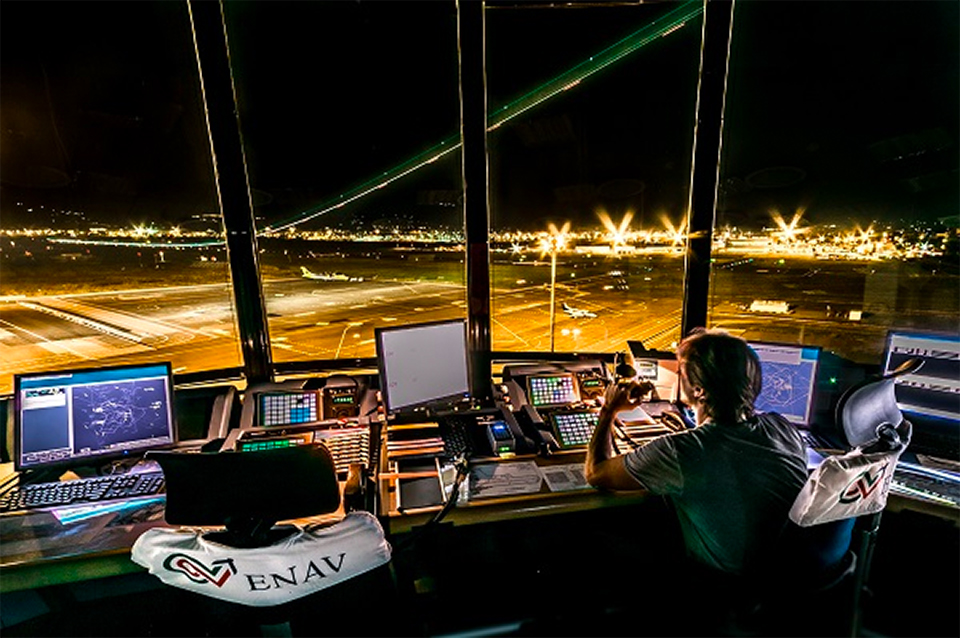The Road to Trajectory Based Operations (TBO) in the Asia Pacific
Several ANSPs in the Asia Pacific, IATA, and CANSO are signing a Letter of Intent in Singapore for a TBO pathfinder project. This reminded me of how the region first embarked on the collaborative multi-nodal ATFM concept. TBO will be a lot more challenging.

TBO’s benefits of efficiency, sustainability, capacity are well documented. The timely distribution of quality information to all stakeholders will mitigate some of fragmentation problems today.
TBO can only be realised with several key enablers. First, the current flight plan conveys limited information and must be replaced by Flight and Flow – Information for a Collaborative Environment (FF-ICE).
Second, the information architecture must be changed to SWIM, an aviation intranet using internet technology. This shifts the architecture from point-to-point exchanges to a Service-Oriented Architecture (SOA).
Third, both the applications riding on the air-ground data link and the link itself must be upgraded. An enhanced Automatic Dependent Surveillance-Contract with Extended Projected Profile (ADS-C with EPP) will allow downlinking the flight’s trajectory to ATC. The Controller Pilot Datalink Communication (CPDLC) Baseline 2 will allow ATC to share complex clearance or route modification with the aircraft.
Fourth, the automated systems both in the flight deck and on the ground need to be upgraded. The ATM automated systems will need a different flight data processor and controller working position human machine interface.
How ready is the Asia Pacific region for TBO? One proxy is to look at the implementation of an old technology, the ATS Inter-facility Data Communications (AIDC) in the region.
AIDC replaces the voice communication between ATS units by automatic message exchange. AIDC can be seen as a legacy variant or precursor to TBO. However, only around half the region have implemented AIDC. Of the implemented AIDC links, only 42% are using all the expected AIDC messages.
We can also look at proxy in operations. The purpose of TBO is so that the flown flight path can be close to the user-preferred path. TBO also aims to resolve potential conflicts and demand/capacity imbalances earlier. Even without TBO, Free Route Trajectory Operations (FRTO) today can support aircraft for their preferred path. While FRTO is common in Europe, it is not so in the Asia Pacific. For ATFM, demand and capacity balancing in this region is not as prevalent and systematic as in Europe.
The biggest challenge in the Asia Pacific is the lack of a coordinated implementation mandate. The EU has a mandate for implementation of the following functionalities which are essential for TBO by a defined time frame (2025-2027):
- Extended Arrival Management
- Airport Integration
- Flexible Airspace Management and Free Route Airspace
- Network Collaborative Management
- SWIM
- Initial Trajectory Information Sharing
Europe will likely be the first to implement TBO. Unless the Asia Pacific takes concerted actions now, the region may be destined for trickle down implementation at a slow pace. The following are some possibilities.
The community can start to use SWIM early. Early usage is an investment as insights from the experience add value. This is not limited by geographical contiguity as SWIM transcends boundaries.
The EUROCONTROL Network Manager (NM) provides SWIM enabled B2B Services that allow system-to-system access to its services and data. UAE has chosen to connect to the NM B2B Services through the UAE SWIM Gateway. The NM provides updates to the UAE SWIM Gateway on all flights within its area which are of interest to the UAE. The UAE SWIM Gateway in return provides information of Europe bound flights.
There are other use cases. There are meteorological service providers in the region that are working on generating meteorological products in SWIM format.
Another use case for SWIM in the region is ATFM/ A-CDM which requires comprehensive information exchange across systems and with many stakeholders. SWIM is the best medium for connectivity.
TBO will inevitably start with a mixed equipage environment. In the transition, trajectory predictions based on information from space-based ADS-B or commercial sources can fill the gaps.
Importantly, we need to build a community of interest for TBO, in lieu of a regional mandate. This will include not just ANSPs, but airlines, airports, and the technology industry. We need to take a collective approach based on mutual interests. Leadership and ownership by senior executives will be crucial.
The industry partnership is especially important because TBO can only be effective if the industry norms are changed. It will be a lot more cost effective to reuse and adapt technology for the entire ecosystem. Instead of being a price taker, we can shape the market.
TBO is not a nice-to-have if the region wants sufficient capacity to meet the future demands of aviation. The road to TBO starts here today.




